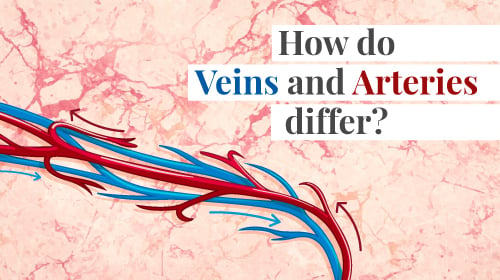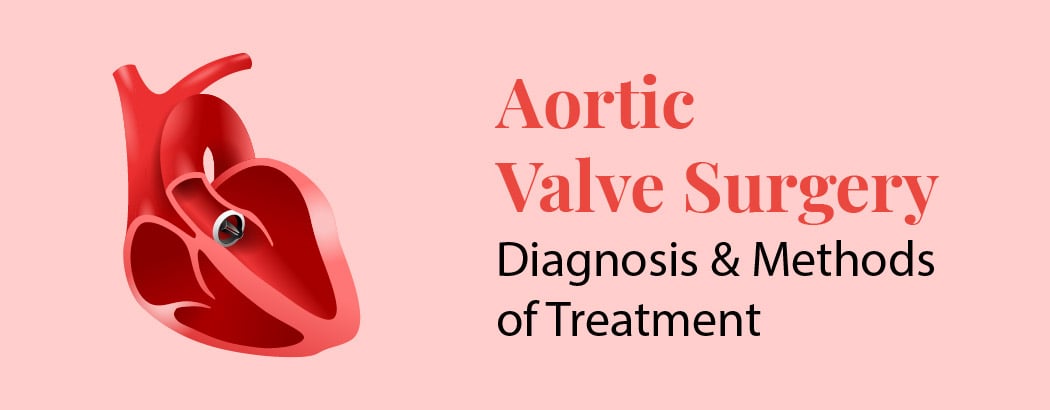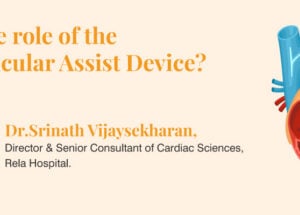What is the Difference Between Arteries and Veins
February 7, 2025

Over 60,000 miles of blood vessels make up your body’s network. Three types of blood vessels, arteries, veins, and capillaries, make up this incredible circulatory system. Each is crucial to the movement of blood throughout your body.
Arteries, Veins, and Capillaries
Small tube-like structures called blood vessels carry blood throughout your body. How do you tell whether a blood vessel is a capillary, vein, or artery? You can differentiate the three based on a few traits.
- Where the blood vessel is located
- The wall’s size
- Blood flow’s direction
- The amount of oxygen in the blood
- Presence of muscular tissue
- Availability of valves
Arteries Versus Veins: Key Differences
Arteries and veins differ in structure, function, and blood flow direction:
- Arteries deliver oxygen-rich blood to various parts of the body from the heart.
- Veins return oxygen-depleted blood back to the heart.
- Arteries are built with thick, flexible walls to handle high pressure, while veins have thinner walls and include valves to stop blood from flowing in the wrong direction.
- The blood in arteries is bright red due to its high oxygen content, whereas venous blood is darker due to lower oxygen levels.
Types of Arteries
Arteries are categorized into three main types based on their structure and function:
1. Elastic Arteries (Conducting Arteries)
Elastic arteries are the largest arteries, including the aorta and pulmonary artery. These vessels handle high-pressure blood flow directly from the heart. Their walls contain elastin, a protein that allows them to stretch and accommodate the forceful ejection of blood with each heartbeat. This elasticity ensures continuous blood flow even when the heart relaxes between beats.
2. Muscular Arteries (Distributing Arteries)
Muscular arteries, such as the coronary and femoral arteries, branch off from elastic arteries. Their walls contain more smooth muscle and less elastin, allowing them to regulate blood pressure and flow by contracting or relaxing their muscular walls. These arteries play a crucial role in directing blood to specific body regions.
3. Arterioles
Arterioles are the smallest arteries that lead directly into capillary networks. These tiny vessels have muscular walls that adjust their diameter to regulate blood flow and pressure before blood enters the capillaries for nutrient and gas exchange.
Types of Veins
Veins are also classified based on their location and function in transporting blood back to the heart. The primary types of veins include:
1. Pulmonary Veins
While most veins carry deoxygenated blood, pulmonary veins uniquely transport oxygenated blood from the lungs to the heart. These veins play a crucial role in oxygenating the blood for systemic circulation.
2. Systemic Veins
Systemic veins carry deoxygenated blood from various body tissues back to the heart. They are further divided into:
- Deep Veins: Located within muscle tissue, deep veins often run parallel to major arteries. One-way valves within them stop blood from reversing direction, promoting smooth and efficient circulation.
- Superficial Veins: Found closer to the skin’s surface, these veins do not have corresponding arteries and are more visible. They also contain valves to aid blood flow.
- Connecting Veins (Perforator Veins): These small veins link superficial veins to deep veins, helping maintain balanced circulation by directing blood from superficial to deep venous systems.
3. Venules
- The smallest veins collect deoxygenated blood from capillaries and transport it to larger veins.
Arteries Characteristics
- Positioned deep within the muscle
- The walls are fairly thick
- Carry blood to the organs from the heart
- Transport oxygen-rich blood (except for the pulmonary artery)
- It has a thick layer of internal muscle tissue
- Possess no valves (except for the pulmonary artery)
Artery vs. Capillary
Blood travels through arteries from your heart to your organs. Blood moves between veins and arteries. Capillaries are the smallest blood vessels, while arteries have the largest and thickest walls. (While capillaries are found in tissues throughout your body, arteries are only found deep within your muscles.)
What is a Vein?
Veins are generally found near your skin and deliver deoxygenated blood to your heart. Veins depend on valves to keep their blood flowing because they lack the muscular layer that arteries have. Venules, the smallest blood arteries that give veins their beginning, grow larger as they approach the heart.
Vein Characteristics
- It is situated closer to your body’s surface.
- Possess narrow walls
- Bring blood to your heart.
- It contains a thin layer of muscle tissue and carries deoxygenated blood
- Have valves to maintain blood flow
Artery vs. Vein: Compared to arteries, veins are closer to the skin’s surface. Vein walls are thinner than artery walls. Blood is transported from your heart through arteries.
Capillary vs Vein: Capillaries’ walls are thinner than those of veins. Capillaries lack valves, yet veins use them to carry blood to the heart. Through their delicate walls, capillaries transmit blood and nutrients between veins and arteries.
How do Capillaries Work?
Capillaries connect your arteries and veins. The tiniest blood vessels are capillaries. They can be as small as 5 micrometers or less than one-third the breadth of a human hair.
The thickness of a capillary wall is just one cell. Endothelial cells make up the capillary wall, which permits waste, nutrients, and oxygen to travel to and from tissue cells.
Capillary Characteristics
- They are found inside every tissue.
- Possess a narrow wall
- Transport blood between arteries and veins
- Carry blood that is both oxygenated and deoxygenated
- Have no muscular tissue
- Lack of valves
Capillary vs. Artery: There are tiny blood veins called capillaries across your body. Deep within your muscles are thick, muscular blood channels called arteries.
Vein vs Capillary: Capillaries and veins can sometimes be seen through the skin, although veins are more prominent and thicker than capillaries. Capillaries can move oxygenated and deoxygenated blood, whereas most oxygenated and deoxygenated blood veins only do so.
How Can I Keep My Blood Vessels in Good Shape?
High blood pressure and blood clots are two examples of blood vessel problems. Make healthy lifestyle choices to maintain the health of your blood vessels.
- Keep your body at a healthy weight.
- Don’t smoke and drink only moderately.
- Opt for a diet that minimizes saturated fat, cholesterol, and sodium intake.
- Keep an eye on your blood pressure.
- Maintain a healthy cholesterol level.
- Regular exercise
Your arteries, veins, and capillaries serve as an essential road map for your blood movement. This 60,000-mile system can run well if you lead a healthy lifestyle.
Frequently Asked Question
1. How many arteries and veins are in the umbilical cord?
Two arteries and one vein comprise three blood vessels in the cord. The developing baby receives oxygen and vital nutrients through the vein, which connects to the placenta and taps into the mother’s bloodstream.
2. Why are veins blue?
Veins appear blue due to how light interacts with the skin. Blue light is reflected more, while red light penetrates deeper. Veins contain dark red, oxygen-depleted blood, but the way skin scatters light makes them look blue.







